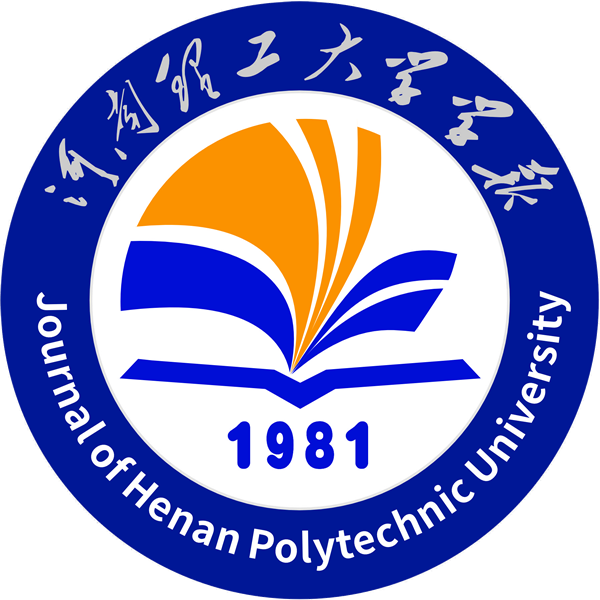| 供稿: 彭丽梅;赵理;周悟;胡月明 | 时间: 2020-09-10 | 次数: |
彭丽梅, 赵理, 周悟,等.基于层次分析法的耕地土壤重金属污染风险区域划分[J].河南理工大学学报(自然科学版),2020,39(5):61-67.
PENG L M, ZHAO L, ZHOU W, et al.Regional classification of heavy metal pollution risk in cultivated soil based onanalytic hierarchy process[J].Journal of Henan Polytechnic University(Natural Science) ,2020,39(5):61-67.
基于层次分析法的耕地土壤重金属污染风险区域划分
彭丽梅1,2,3,4, 赵理1,2,3,4,5, 周悟1,2,3,4,5, 胡月明1,2,3,4,5,6,7
1.华南农业大学 资源环境学院,广东 广州 510642;2.国土资源部建设用地再开发重点实验室,广东 广州 510642;3.广东省土地利用与整治重点实验室,广东 广州 510642;4.广东省土地信息工程技术研究中心,广东 广州 510642;5.广州市华南自然资源科学技术研究院, 广东 广州 510642;6.青海大学省部共建三江源生态与高原农牧业国家重点实验室,青海 西宁 810016;7.电子科技大学 资源环境学院,四川 成都 610054
摘要:随着城市化、工业化和农业现代化进程加快,过量的重金属进入土壤,导致耕地土壤质量下降、土壤生产力和根食安全水平降低,对人类健康和区域生态系统平衡产生了严重的威胁。科学评价耕地土壤重金属污染现状并对其进行污染风险区域划分,对当地社会经济发展,加快生态文明建设有重要意义。本文运用层次分析法,选取有机质含量、土壤酸碱度、海拔、坡度、 道路距离、河流距离、工厂距离和居民地距离因子,构成评价指标体系,对广州市从化区耕地土壤5种重金属(Cd,Hg,As,Pb,Cr)进行污染风险区域划分。结果显示,从化区土壤重金属风险以Cd和Hg为主,主要分布在鳌头镇东北部、太平镇南部、温泉镇东部及吕田镇中部,Pb与As 风险水平相近,Cr对耕地污染风险最轻,各重金属风险划分结果Kappa系数均大于0.4,表明分类质量较好,精度符合要求。
关键词:耕地土壤;重金属污染风险;区域划分;层次分析法;广州市从化区
doi:10.16186/j.cnki.1673-9787.2020.5.9
基金项目:国家重点研发计划项目(2016YFD0800301 );广州市科技计划项目(201807010048 )
收稿日期:2019/12/17
修回日期:2020/03/09
出版日期:2020/09/15
Regional classification of heavy metal pollution risk in cultivated soil based onanalytic hierarchy process
PENG Limei1,2,3,4, ZHAO Li1,2,3,4,5, ZHOU Wu1,2,3,4,5, HU Yueming1,2,3,4,5,6,7
1.College of Natural Resources and Environment, South China Agricultural University, Guangzhou 510642 , Guangdong, China;2.Key Laboratory of Land Redevelopment of Ministry of Land and Resources, Guangzhou 510642 , Guangdong, China;3.Guangdong Province Key Laboratory for Land Use and Consolidation,Guangzhou 510642,Guangdong,China;4.Guangdong Province Land Information Technology, Engineering Research Center,Guangzhou 510642,Guangdong,China;5.South China Academy of Natural Resources,Guangzhou 510642 , Guangdong,China;6.State Key Laboratory of Three Rives Ecology and Plateau Agriculture and Animal Husbandry,Qinghai University,Xining 810016,Qinghai,China;7.College of Resources and Environment,Electronic Science and Technology University,Chengdu 610054 , Sichuan,China
Abstract:With the acceleration of urbanization,industrialization and agricultural modernization, excessive heavy metals have entered the soil,which results in a decline of the cultivated land soil quality,soil productivity and food security,and poses a serious threat to human health and the balance of regional ecosystem. Scientific evaluation of the current situation of soil heavy metal pollution in this region and regional division of pollution risks are of great significance to the local social and economic development and the acceleration of ecological civilization construction. In this paper, based on the analytic hierarchy process,eight factors,including organic matter content, soil pH,altitude,slope,road distance,river distance,factory distance and residential distance were selected to constitute an evaluation index system, and regional division of pollution risk of five heavy metals (Cd,Hg,As,Pb, Cr) in cultivated soil in Conghua district of Guangzhou city was conducted. The results showed that Cd and Hg were the main risk factors of heavy metals in soil in Conghua district,which were mainly distributed in the northeast of Aotou town, the south of Taiping town,the east of Wenquan town and the middle of Lyutian town. The risk levels of heavy metal Pb and As were similar. Heavy metal Cr had the lightest risk to cultivated land pollution. The Kappa coefficient of each heavy metal risk classification result was higher than 0.4,indicating that the classification quality was good and the accuracy met the requirements.
Key words:cultivated soil;heavy metal pollution risk;regional classification;analytic hierarchy process;Conghua district, Guangzhou city
- 附件【基于层次分析法的耕地土壤重金属污染风险区域划分_彭丽梅.pdf】已下载次

